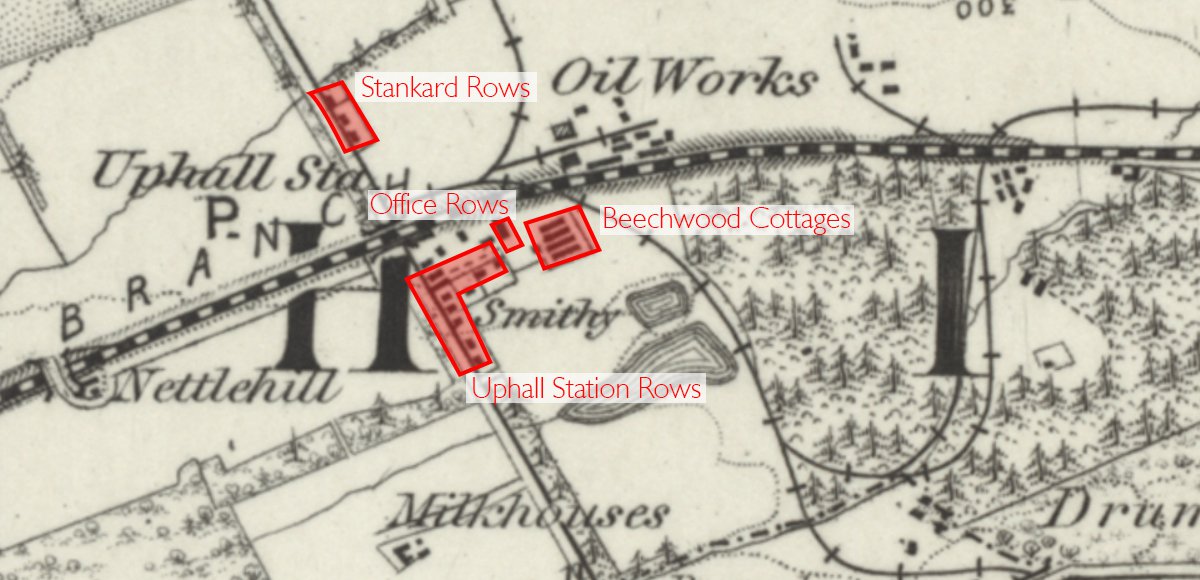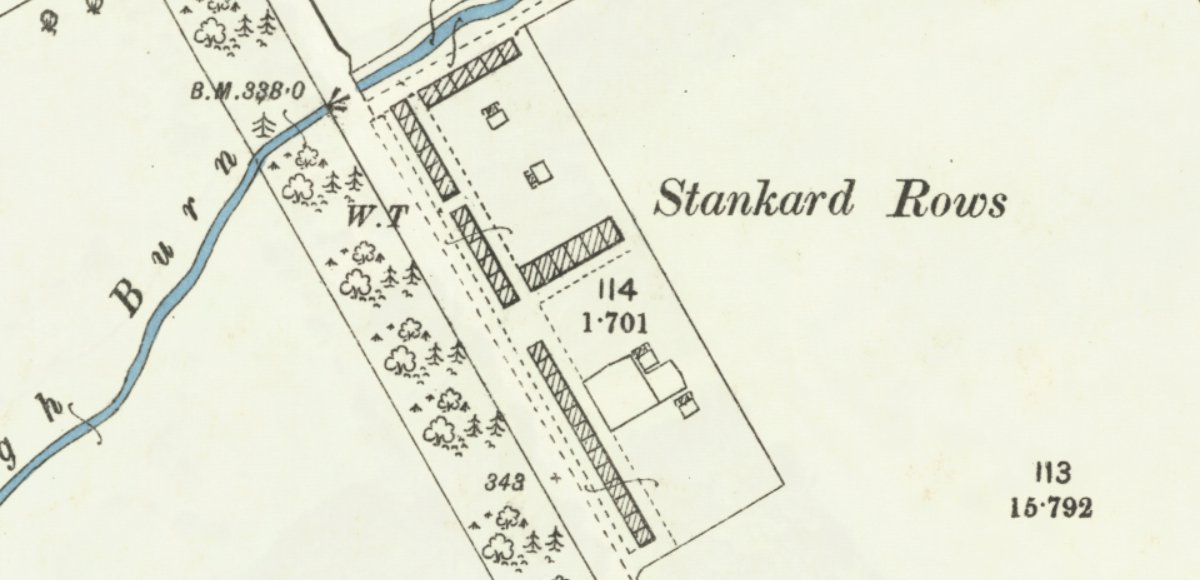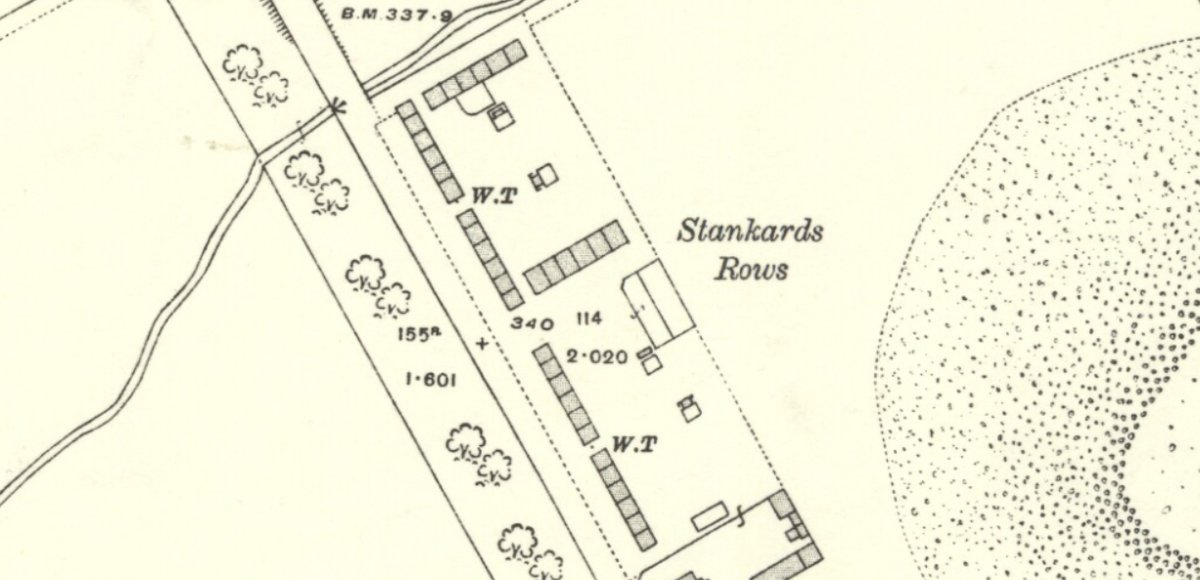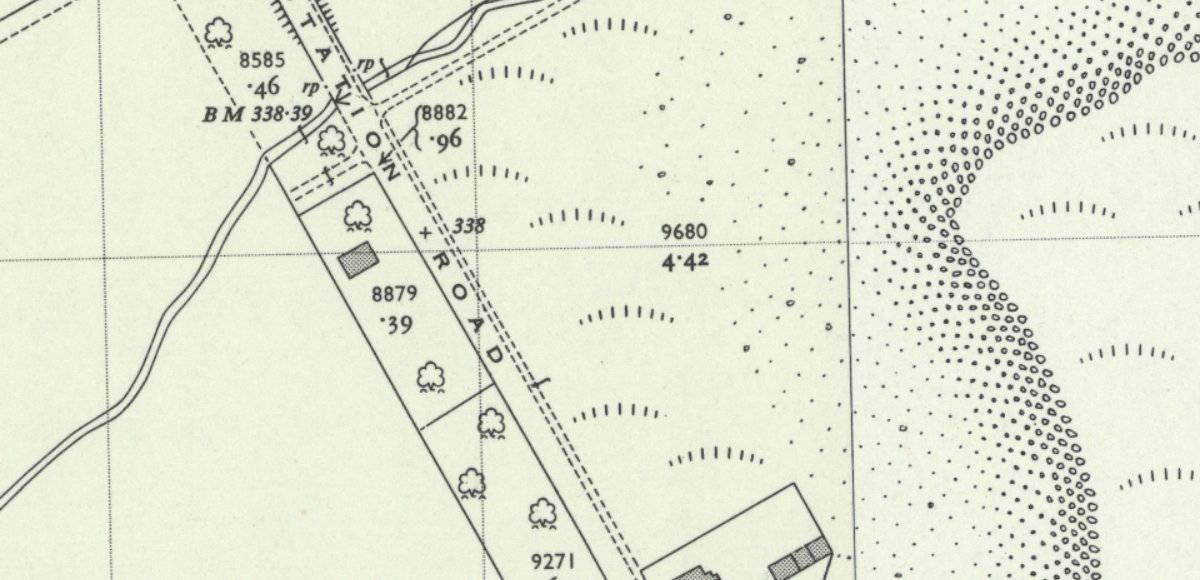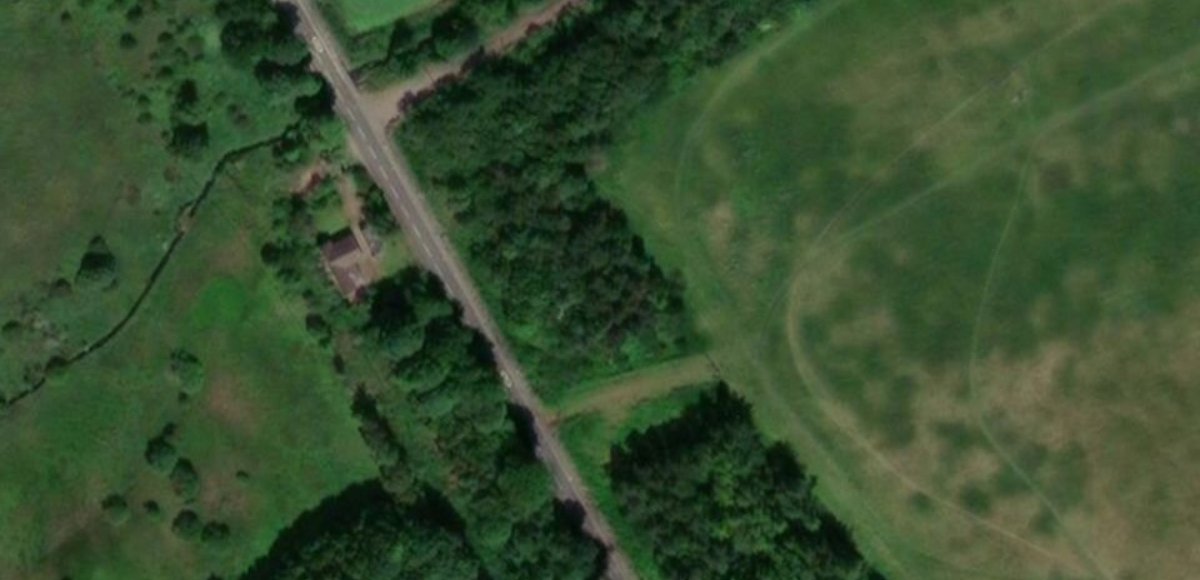- Addiewell village
- Addiewell - Muirhall villas
- Albyn Cottages
- Binnend village
- Bridgend Rows
- Broxburn Rows
- Broxburn - Steele's Rows
- Broxburn - villas
- Burngrange Cottages
- Burnside Cottages
- Cobbinshaw North village
- Cobbinshaw South village
- Dalmeny Rows
- Deans Cottages
- Dedridge Cottages
- East Hermand (village)
- Forkneuk Road, Uphall
- Gavieside village
- Gerson Park
- Greendykes Cottages
- Happy Land
- Hartwood Row
- Hermand New Rows
- Hermand Old Rows
- Holmes Cottages
- Holmes Rows
- Holygate
- Kingscavil Rows
- Kipsyke huts
- Livingston Station village
- Loaninghill Coattages
- Lochend cottages
- Straiton - Meadow Bank cottages
- Mid Breich Rows
- Midcalder - Penny's Buildings
- Middleton Hall - housing
- Mossend village
- Murchison Buildings
- New Holygate
- Newton Cottages
- Niddry Rows
- Oakbank village
- Oakbank Cottages, Westwood
- Redcraig cottages - Oakbank
- Straiton - Pentland Rows
- Philpstoun - The Avenue
- Philpstoun - Wester Pardovan Rows
- Pumpherston - Erskine Place
- Pumpherston - North Village
- Pumpherston - Pumpherston Road
- Pumpherston - South Village
- Pumpherston - Uphall Station Road
- Raeburn Rows
- Redhouse Cottages
- Roman Camp village
- Rosebery Cottages
- Seafield Rows
- Stable Rows
- Starlaw Rows
- Stewartfield Rows
- Straiton - Oakbank Cottages
- Tarbrax (village)
- Uphall Station Rows
- Uphall Station - Beechwood
- Uphall Station - Office Rows
- Uphall Station - Stankard Rows
- West Calder - Union Street & "Dalveen"
- Westerton Rows
- Westfield Rows
- Westwood (old rows)
- Winchburgh village
- Woolfords (new rows)
- Woolfords (old rows)
Uphall Station - Stankard Rows
See also Uphall Station Rows, Uphall Station - Office Rows, Uphall Station - Beechwood Cottages
Stankards Rows (often referred to as Randy Rows) was built to house workers at Uphall Oil Works. Conditions were described in evidence presented to the Royal Commission on housing conditions in 1914:
Stankards Rows consist of six double- and thirty single-apartment houses. There are no coal-cellars, washhouses, or sculleries. Ash-pits and privies exist. The ash-pits are emptied at irregular intervals, and are from 10 to 15 yards from houses. Rents are 2/5 and 1/8 per week, inclusive of local and county rates. These houses are of a very poor type.
The dwellings originally comprised of three rows each with six single-room houses and one row with twelve single room houses. A row of six two-room houses were built during the 1870's. The village became increasing overshadowed by Stankards bing and was demolished in the 1930's. A semi-detached cottage (Elmbank and Lilybank) was built to the south of the rows c.1900 and survived into the 1960's.
Archive images
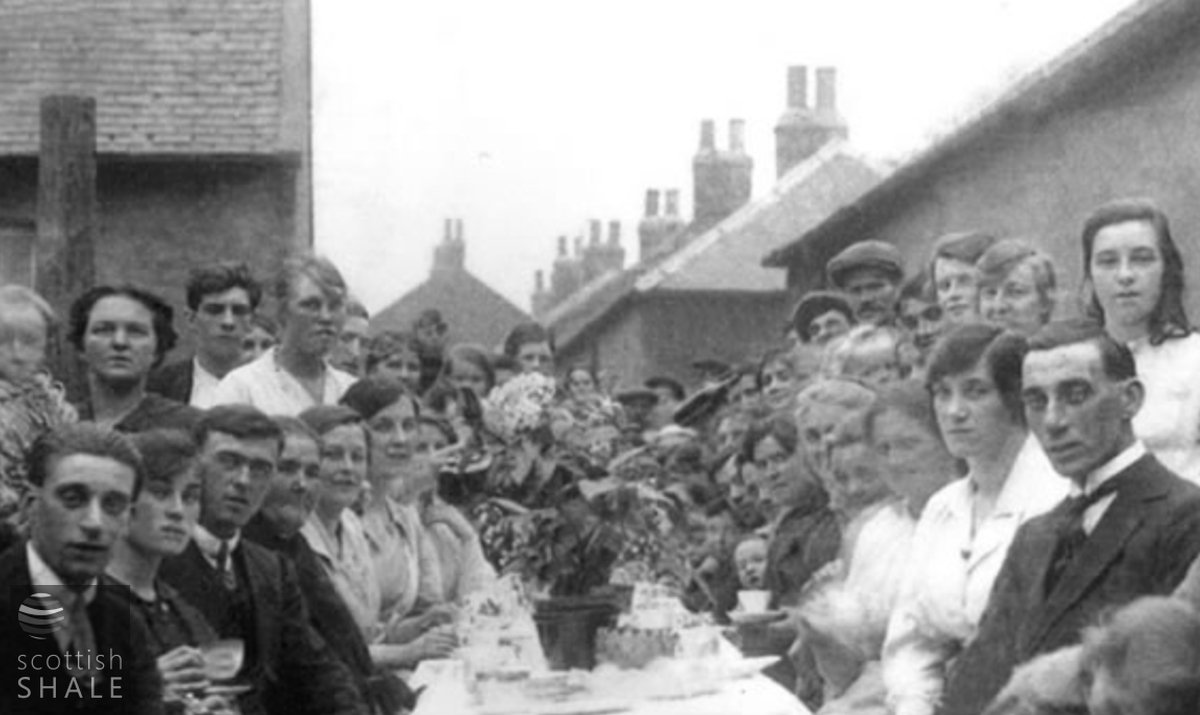
The McGraw family's farewell party prior to emigrating to Canada, Stankards 1925 (courtesy Stenlake Publishing).
Recent images
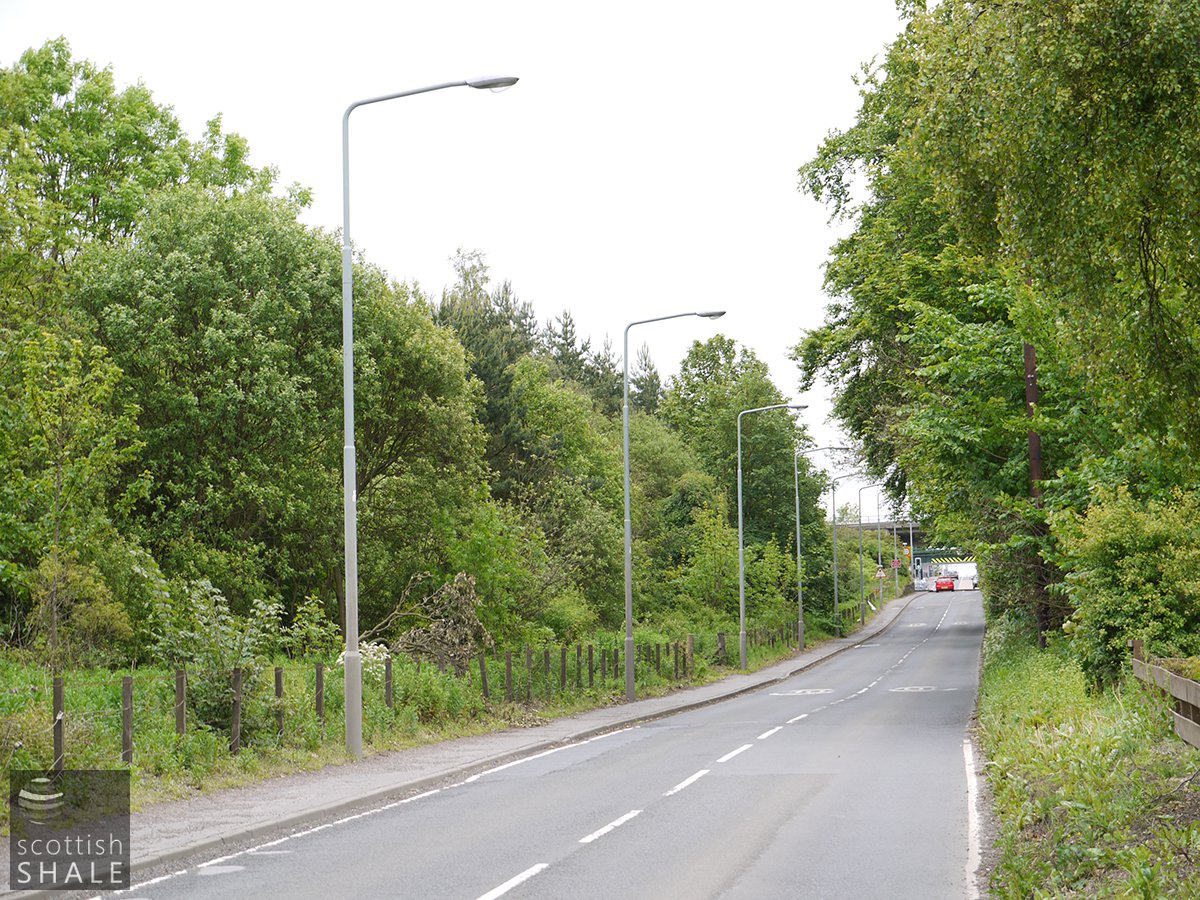
Site of Stankard rows, 4th June 2011
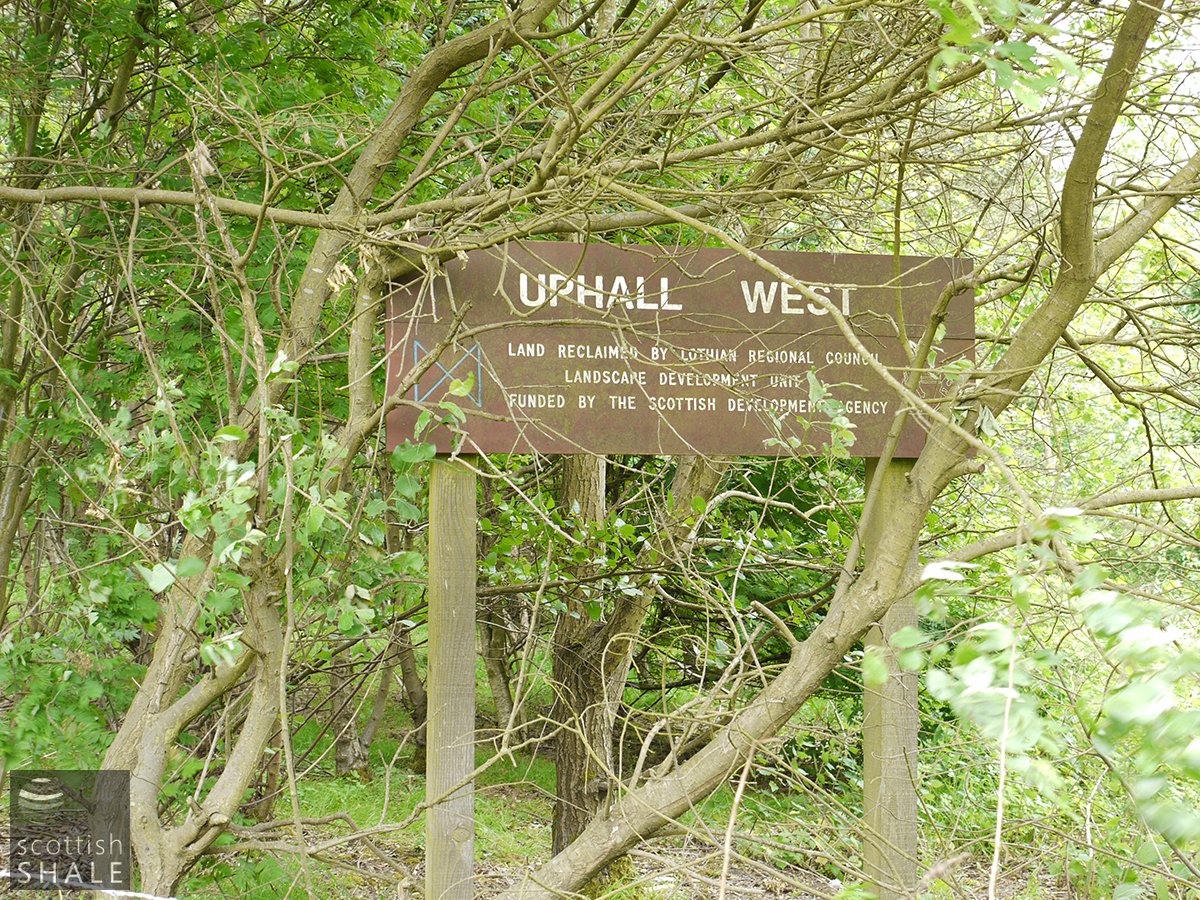
Site of Stankard rows, 4th June 2011
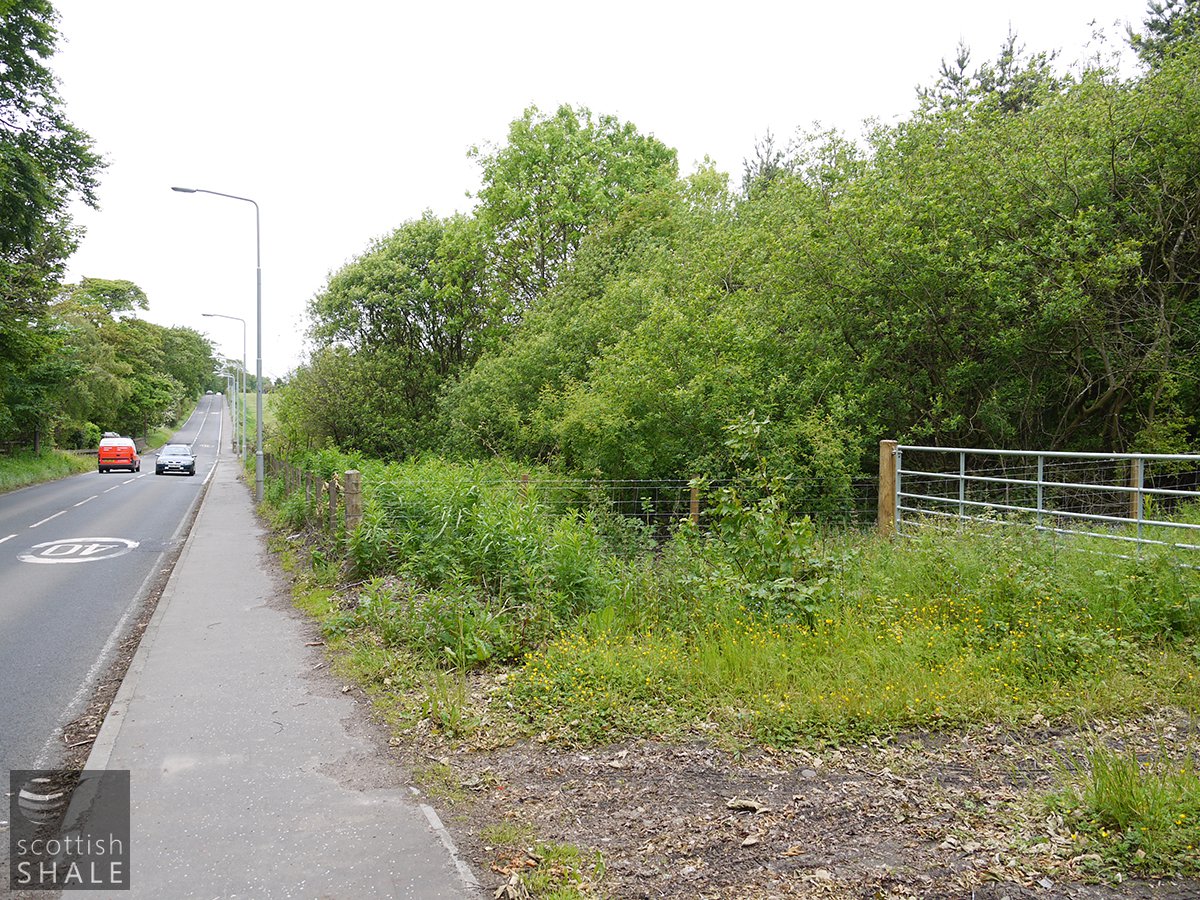
Site of Stankard rows, 4th June 2011
Sanitary Inspectors report - Six old houses of one apartment at Stankards Rows, Uphall have been demolished.
West Lothian Courier, 4th October 1929
.......
In Randy Rows there was no scullery, everyone had to wash in the kitchen. The oil workers were so dirty coming from their work that they had to take off their shirts while washing. There was no "wee house", but one small yard in the centre of the Rows had to serve. This yard was for about twenty houses, every house packed with lodgers. There was a centre wall, one side for women, the other for men. It took you some time to know which was which, as there were no notices.
My Story by Paddy the Cope", an autobiography by Patrick Gallacher, published 1939



